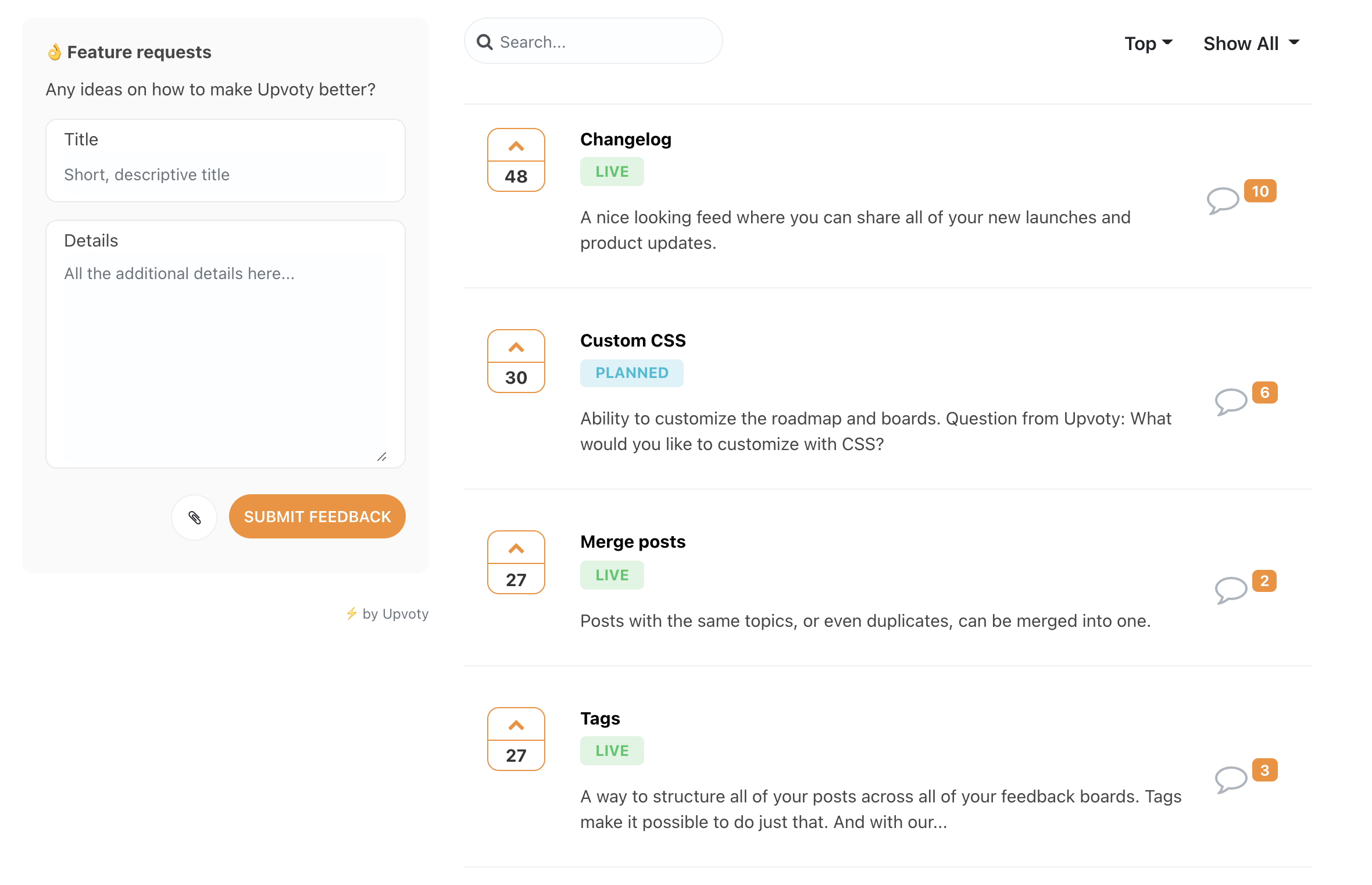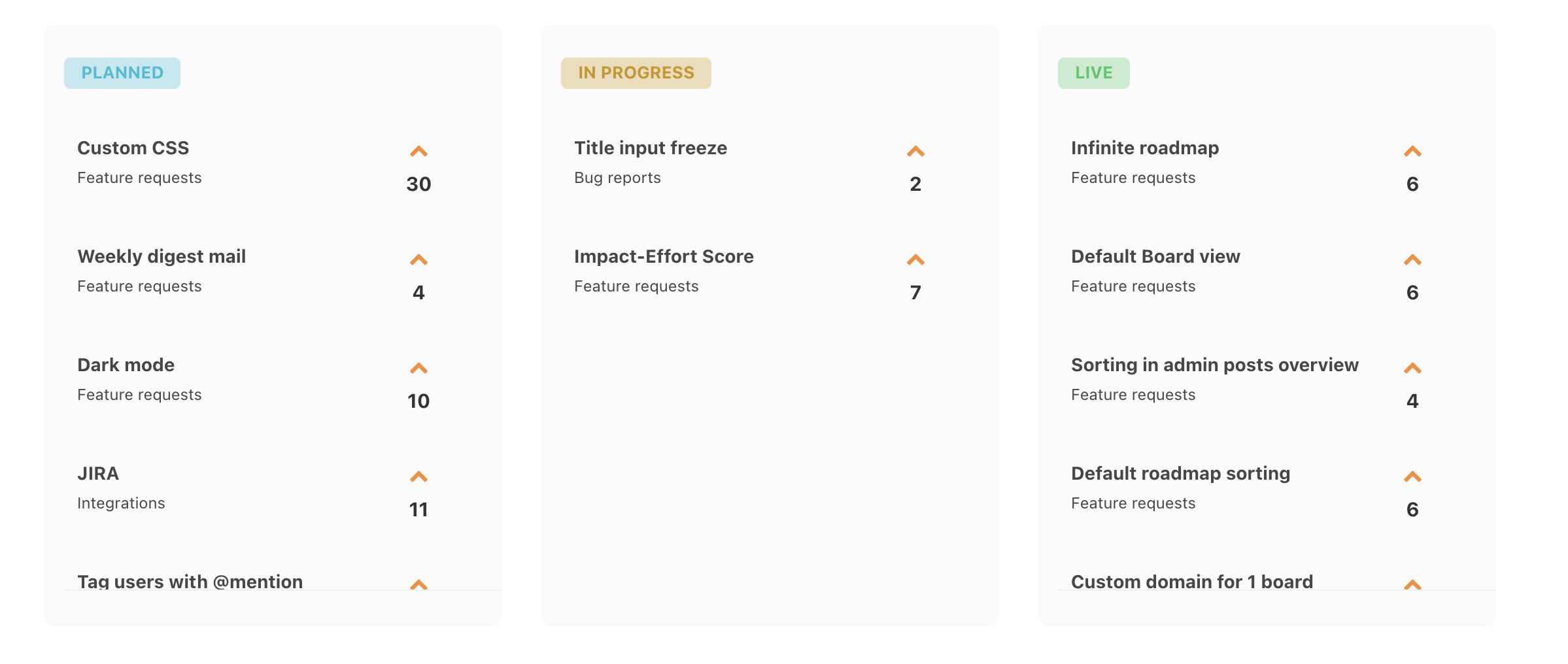How to Improve the Learning Curve for Your New Users
How long will it take your users to learn your platform and include it in their workflow? That’s the number one question you need to ask yourself before launching your SaaS product. Think about it: No one wants to waste their time learning how to use new software. The last thing a professional wants is to put aside their daily tasks to try and understand how a new tool works.A steep learning curve is especially dangerous if you provide a free trial. People will sign up, wander around without understanding what they should do, and then leave your platform without looking back. This is also true for new customers. Imagine someone paying for your platform only to discover the amount of effort they need to make to learn it. A steep learning curve won’t help you transform trial users into customers or reduce the churn rate.People want to use intuitive platforms that offer them a fast and hassle-free solution to their problems. Obviously, there are complex platforms, such as HubSpot or Salesforce Pardot, that have a steep learning curve. However, in this case, there are specialized partners and agencies whose main business model is based on setting up these tools for different companies. But with smaller SaaS companies, you’ll want to focus on making the learning process as painless as possible. To help you do that, we’ve gathered a few tips for you:
Obviously, there are complex platforms, such as HubSpot or Salesforce Pardot, that have a steep learning curve. However, in this case, there are specialized partners and agencies whose main business model is based on setting up these tools for different companies. But with smaller SaaS companies, you’ll want to focus on making the learning process as painless as possible. To help you do that, we’ve gathered a few tips for you:
Tip 1: Map the actions your users will need to take to accomplish a task
First of all, you need to start by understanding what steps your users will need to take to complete a project. For that, you’ll need to create a user-flow diagram. According to product professional Simon McCade, “Start by taking a top-level view of the ways in which users might interact with your app. How might they achieve the specific goals they have? What are the potential paths they might take to realize them? Can you easily visualize all of the possible user journeys within your app in a user-flow diagram? It’s critically important to keep things as simple as possible by reducing any clutter and removing any unnecessary steps.”Subsequently, you need to add the elements your users will have to learn first before accomplishing their tasks. For example, to score the leads, they’ll need to learn how to do it first. At each step, you need to map out the knowledge and skills your users will need to complete the tasks. This simple exercise will give you a bird’s-eye view of the learning curve and will help you see what you need to simplify.
Tip 2: Reduce the number of steps people must take to achieve a result
In the process of simplifying the learning process, you may also decide to make some things easier to achieve. Instead of getting your users to accomplish a task in eight steps, you may distill the process and reduce it to five. The fewer steps a user or customer must take to achieve their results, the easier the learning curve will be.
Tip 3: Pay attention to user feedback
That’s a big one. In some cases, you may believe that a specific step or project is easy to accomplish, only to discover that people have problems with it. Instead of just going with your gut feeling, pay close attention to your users’ feedback. You can use Upvoty to collect people’s comments about your platform and then share your roadmap to let them know you're working on improvements:
You can use Upvoty to collect people’s comments about your platform and then share your roadmap to let them know you're working on improvements: If people complain about something being too complex, then fix it; simplify it. And make sure to communicate it, by updating the status of the request (if you're using Upvoty's feedback boards):
If people complain about something being too complex, then fix it; simplify it. And make sure to communicate it, by updating the status of the request (if you're using Upvoty's feedback boards): Don’t just redirect your users to your help center or onboarding articles. This won’t help. If people don’t have the time to learn a complex platform, what makes you think they’ll have the patience to watch a 10-minute video or read a long support article? So don’t ignore their feedback and take action by simplifying the use of your software.
Don’t just redirect your users to your help center or onboarding articles. This won’t help. If people don’t have the time to learn a complex platform, what makes you think they’ll have the patience to watch a 10-minute video or read a long support article? So don’t ignore their feedback and take action by simplifying the use of your software.
Tip 4: Gamify the learning process
Learning is unavoidable. Even if you’ve developed a simple and straightforward SaaS product, people will still need time to get used to it and learn how to achieve their goals with it. But to make the entire learning process easier and incentivize people to spend more time on your platform and discover its intricacies, you can gamify the process. Gamification is taking game-related strategies and elements and applying them to serious environments, such as work or education.HubSpot provides a great model of learning gamification—you can go to the Academy section on its website and take classes. Afterward, you’re encouraged to take a final exam, and later, you can compete with other team members and see who passes the most classes. There’s even a dashboard that shows the results. This adds a bit of healthy competition and provides an easy push to go deeper in studying the platform and learning how it works.
Tip 5: Use microcopy to nudge people into taking action
Although microcopy sometimes gets ignored, it’s crucial in improving the learning curve for your new users. According to author and B2B copywriter Niaw de Leon, “Microcopy refers to letters, words, phrases, or sentences in a software product or on a website that help instruct and guide the user.” To make the learning process easier for your customers, hire a professional copywriter, and make sure that the commands and tips are easy to understand and act upon.
Tip 6. Show, don’t tell
Many SaaS companies have a series of articles as part of their overall help center and think that people will read them and learn how to use the platform. It’s always good to have a written record of the steps someone must take to use the software. However, to make things easier for your users and improve the learning curve, you can also record short videos that explain how people can do a specific task with your software.This strategy may also work to attract new users. They’ll see that your product is easy to understand and use, so they’ll want to sign up for a trial. Just remember one thing: When teaching others how your platform works, showing it is much better than just talking about it.
Recap
Your platform may require a certain degree of complexity. Also, the learning curve your users must overcome can be steep to a certain level. However, your number one goal should be to improving the overall learning experience for your new users so they’ll keep using your product. Start by mapping out all the steps people must take to accomplish a task, along with the knowledge and skills they’ll need for it. This mapping will give you an overview of the complexity of your product. Next, you may want to distill and reduce the steps to simplify your product more. Pay close attention to your users’ feedback. You may think your platform is easy to manage, yet you may discover the exact opposite is true. Next, you can find ways of gamifying the learning process and encourage positive competition between the members of a team that uses your product. Another thing to consider is the microcopy. Make sure that the terminology you’re using is accessible and easy to understand. Finally, don’t just tell people what they have to do—show them exactly how things work by recording a series of short videos. All of these actions will improve the learning curve and help people achieve their results faster with your platform.
Pay close attention to your users’ feedback. You may think your platform is easy to manage, yet you may discover the exact opposite is true. Next, you can find ways of gamifying the learning process and encourage positive competition between the members of a team that uses your product. Another thing to consider is the microcopy. Make sure that the terminology you’re using is accessible and easy to understand. Finally, don’t just tell people what they have to do—show them exactly how things work by recording a series of short videos. All of these actions will improve the learning curve and help people achieve their results faster with your platform.

